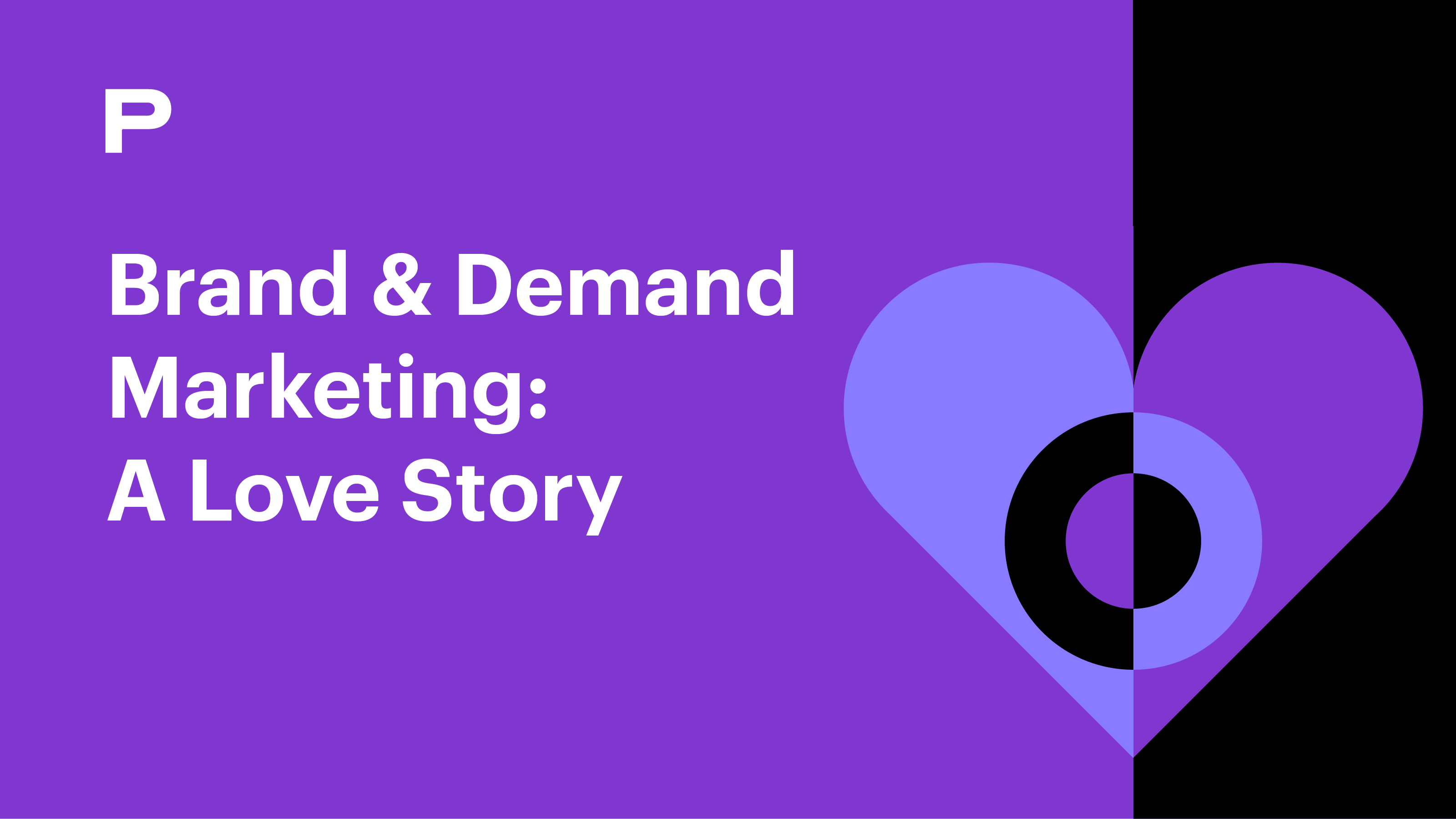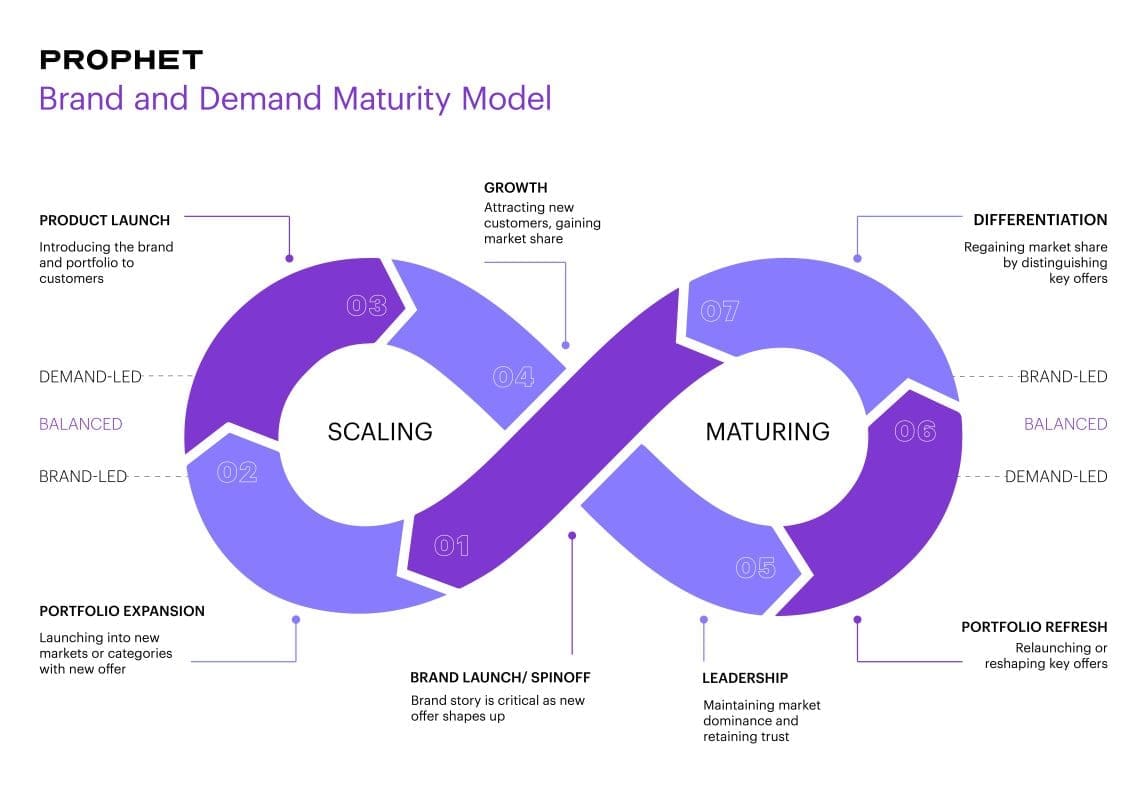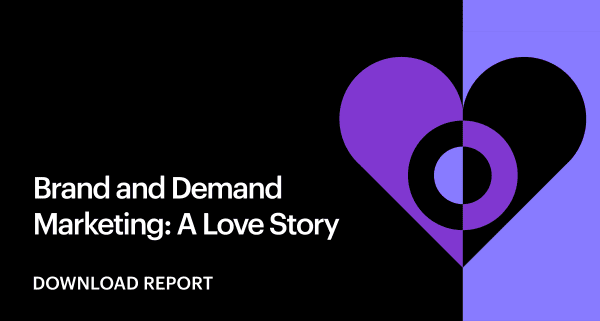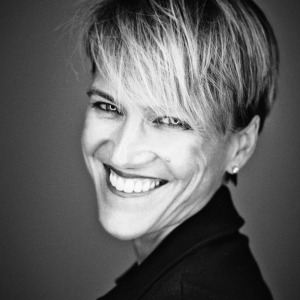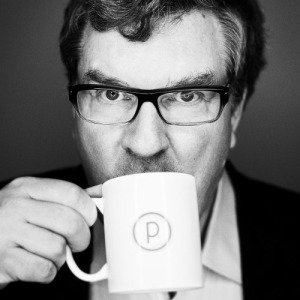Get ready, brand strategists – 2022 is going to be your year. The last 18 months have been packed with plot twists, creating new opportunities for better brand activations and experiences. And it’s not just the progression of the pandemic, supply-chain challenges, rising inflation or ever-more-digital consumers that’s caused this shift.
It’s that authenticity matters more as people struggle to absorb all those changes. They’re switching buying behaviors and brands at an unprecedented level. One recent study finds that 75% of consumers have shopped in a new way, with 36% trying a new brand.
To keep customers and attract new ones, companies need to prove they support the greater good in a way that’s unique to their brand. That’s terrible news for brands not actively building and delivering against an authentic purpose that consumers can believe and relate to. But this approach offers wide-open growth avenues for those that can find better ways to connect with customers. We expect the savviest brands to lean hard into these five trends in 2022:
Brand Spending Makes a Comeback
Companies are increasingly aware that they can’t earn customer loyalty without a clear brand identity. There’s just too much noise in the market, and too many options for consumers to choose from.
Clear communication about what a company stands for requires investing in a well-defined brand identity and awareness. How can companies expect to make connections if their target audience is unclear about what they are? We expect to see a greater focus on brand with more dollars shifting –often from the demanding budget – into brand building. Additional resources will allow marketers to ensure brand efforts are clear, inspirational and delivered with energy.
We even think brand and demand may stop fighting and find love, as the two resolve tensions and work together in harmony. CMOs will develop integrated models where brand –the long-term efforts to drive awareness –and demand – which seeks to get audiences to act immediately – are synchronized with shared agendas and intertwined goals.
Got Purpose? Prove it, and Make Sure it Benefits the Planet
For years, we’ve known that consumers are increasingly choosing brands with a higher-order purpose – they want to buy from companies that make a difference in the world. This year, they’ll expect brands to put their money where their mouth is. They’ll want action, like Lush leaving social media because it’s become toxic for their customers, or Nike, investing tens of millions in countering systemic racism.
Sustainability and environmental concerns are especially important. Too often, companies isolate ESG and DEI policies, but they need to become central to brand purpose – a golden thread that winds through every aspect of the organization. ESG and DEI aren’t just about mitigating risks. These efforts add value to everything the company does.
“To keep customers and attract new ones, companies need to prove they support the greater good in a way that’s unique to their brand.”
Whether companies like it or not, protecting the planet is the No. 1 concern for both Gen Z and millennial audiences. Led by firebrands like 18-year-old environmentalist Greta Thunberg and 21-year-old gun-control activist David Hogg many see themselves as warriors acting to protect the planet. These young consumers can spot green or virtue-washing efforts from miles away and will punish companies that get it wrong.
All Digital? Nope. Never
Once upon a time, the business world envied those digitally native direct-to-consumer brands and the way they dinged the dinosaurs who shopped in brick-and-mortar stores. But with the defeat of Casper in the public markets, it’s clear omnichannel rules, and those D2C darlings have stampeded toward the mall. Warby Parker, Glossier, Allbirds and Wayfair are all proving that humans like to look, touch and feel what they’re buying.
Led by companies like Apple, Lululemon, Nike and Samsung, this trend toward experiential retail is already strong and will continue to grow. Levi Strauss & Co., for example, is opening 100 new stores this year, and Lego intends to open 174 new locations.
While people know they don’t need actual stores to transact, they do need them for experiences – especially as consumers long for post-pandemic connections. People have spent the last 18 months re-evaluating many priorities. They’ve learned that they love digital for cutting down on the drudgery in their lives, like grocery shopping and banking, so they can focus on the experiences that mean the most to them.
They do, however, want to experience products before purchasing, especially in certain categories, and we expect to see more brands open physical spaces.
The Decline of the Mega Brand
After decades of consolidation, conglomerates are starting to see the benefits of breaking up. With a CEO openly mocking the myth of synergy, GE is leading the way, followed by Johnson & Johnson and Toshiba Corp. More will follow as companies increasingly challenge the belief that one brand can work in many markets, and that bigger is always better.
Companies are asking themselves the hard questions: Can we continue to use a single brand, expecting it to be equally meaningful among different verticals, markets and customers? Is that one brand universally credible? And if not, when is time to switch that strategy?
Facebook’s recent decision to become Meta, illustrates another facet of this trend: More brands may increase a company’s agility, allowing it to pivot in more precise (and perhaps even more affordable) ways.
Midlife Crises Spark Unicorn Reinvention
Remember all those companies we admired back when BlackBerry dominated the market? Twitter (founded in 2006), Airbnb (2008), Pinterest (2009) and Instagram (2010) are all middle-aged now. No longer the cool kids, they need a refresher course in disruption. As they revisit purpose, they need to better understand empowered consumers and find new growth channels. How and where can they innovate as they face younger rivals?
To keep up, they’ll need creative Web 3.0 pivots. We’re already used to watching elderly unicorns struggle. Google used its transition to Alphabet to age gracefully, but once-huge tech brands, such as Jawbone, GoPro and Groupon, have languished from lost relevance. We expect plenty of big news and at least a few missteps as these almost-old digital natives reinvent themselves.





